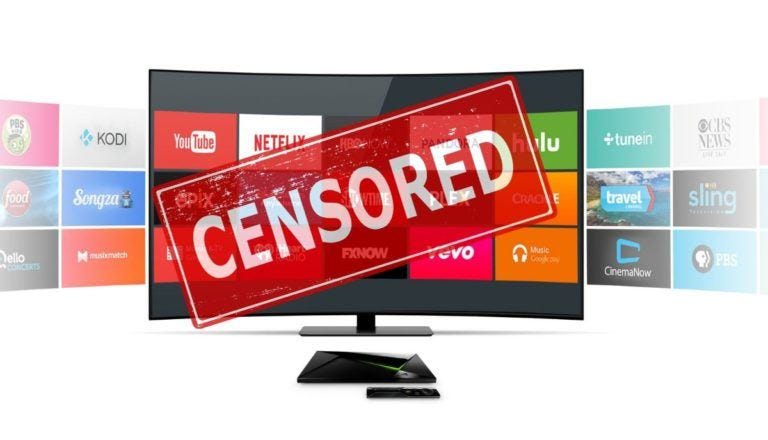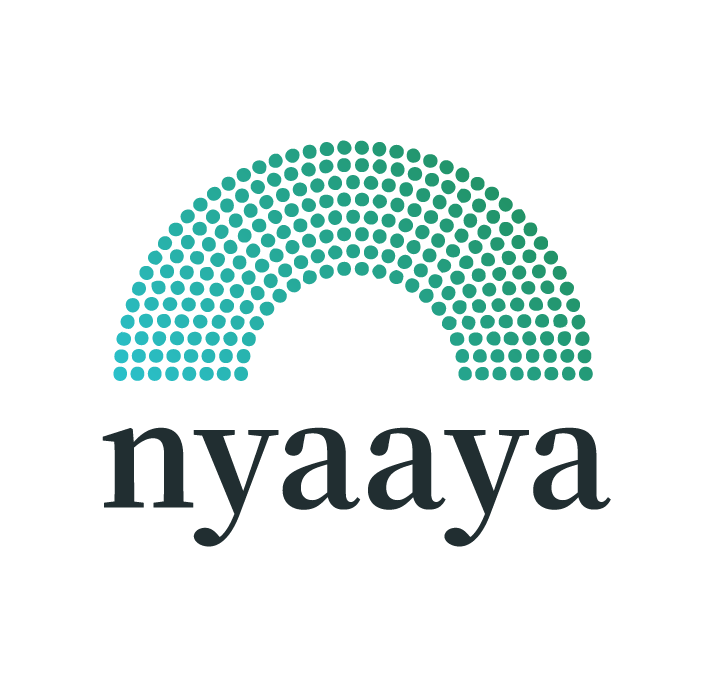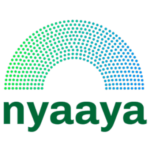By Apoorv Dixit


In early 2019, NGO Justice for Rights Foundation submitted a petition to the Delhi High Court as well as the Supreme Court seeking formulation of government guidelines regulating content streamed on online platforms like Netflix, Hotstar etc.1 Although no government intervention in this sphere exists yet, there has been some development with respect to self regulation of content displayed on these online platforms or OTTP (Over the top service providers) since then. This article discusses the same.
Freedom of Speech in India
Right to freedom of speech and expression is one of the most important freedoms that could be held by a citizen in a democracy like India. As per Article 19(1)(a) of the Indian constitution, all citizens have the right to express their ideas and opinions freely through any communicable medium or visible representation, such as gestures, signs, etc. Nevertheless, this freedom is not boundless and comes with certain exceptions. Article 19(2) of the Constitution authorizes the government to legally impose reasonable restrictions upon the freedom of speech and expression. According to this, reasonable restrictions can be imposed on one’s speech “in the interests of the sovereignty and integrity of India, the security of the State, friendly relations with foreign States, public order, decency or morality or in relation to contempt of court, defamation or incitement to an offence”.
Why do existing censorship laws fail to govern content on online platforms ?
The Cinematographic Board of Film Certification (CBFC), which derives its power from the Cinematograph Act, 1952 is responsible for certifying movies released in India in different categories as well as censoring content that is against the general good-will of the society and nation. The CBFC’s job of deleting sensitive material was reaffirmed in the famous case of K.A Abbas v. Union of India in September 1970.2 The broad restrictions under which the Cinematograph Act or any other speech regulation regime mandates censorship, are derived from Article 19(2) of our constitution as elaborated above. It is imperative to mention that while the Ministry of Information and Broadcasting under the Central Government is responsible for regulating the satellite and local cable network content as well as movies, matters concerning internet services do not fall under its domain. As OTTPs deliver the content through the internet, policies concerning the same are governed by the Information Technology Act, 2000 administered by the Ministry of Electronics and Information Technology (MeitY).
What is an OTT service?
OTT or ‘Over-the-top’ services are used to describe content that is streamed/downloaded via the internet without having to subscribe to a traditional cable network.3 The advent of OTT services in India happened around 2006 with the release of BIGFlix as the first such platform. After more popular OTT platforms like Hotstar and Netflix came into the picture in the last few years, the consumer base of OTTs has increased more than ever.
Code of Best Practices for Online Curated Content providers
The first step towards self-censorship as industry practice in India’s online video streaming space was taken around mid-January in 2019.4 9 major OTT providers (OTTPs) including Netflix and Hotstar signed a self-regulatory code to administer the content being streamed online. As per the OTTPs, this step was taken in order to avoid any kind of government intervention in the sphere of censorship for online content. It was in process for a year before this, and aimed at protecting the creativity of the content providers while simultaneously addressing the consumer’s complaints and interests. The Code prohibits displaying any content that:
- Has been banned by any court of competent jurisdiction in the country.
- Promotes terrorism or instigates violence against state.
- Disrespects the national emblem or flag.
- Hurts any religious sentiments.
- Unnecessarily shows children engaged in sexual activity.
The code further mandates the OTTPs to classify content into separate categories on the basis of age-appropriateness of the content. The code also directs each OTT to have a complaint redressal team/department to resolve any consumer complaint with respect to the content of any provider. The complaint has to be acknowledged within 3 days of its registration and the complainant has to be informed about the necessary precautionary action taken within a period of 30 days. The brief code appears to be what one can call as the flag bearer of online censorship.
Code for Self-regulation of Online Curated Content Providers
On 5th February 2020, the Internet and Mobile Association of India (IAMAI) announced the launch of the Digital Content Complaint Council (DCCC) to oversee content creation and distribution in the online content streaming space. This came with the release of a new set of guidelines, Code for Self Regulation of Online Curated Content Providers.5 As opposed to the earlier code with 9 signatories, this one only has 5 providers signing it for now, namely, Hotstar, Voot, Jio, SonyLiv & Arre. While the earlier code did envisage setting up of a grievance redressal committee, it lacked any directions on the composition and formation of that committee, unlike the new code. The new code, as an improvement, contemplates a two-tier complaint redressal mechanism. According to this, all complaints shall first be made to the Digital Content Complaint Forum (DCCF) of the relevant OTT provider and if they’re not resolved then they come before the DCCC. DCCC, on the other hand, is prescribed to be a committee of 9 members with one retired Judge of the Supreme Court or High Court as the chairperson. The new code, unlike the earlier one, also provides other relevant details to ensure greater transparency. This further establishes that the earlier code was nothing more than a hasty step taken in order to fill the legal void concerning OTT censorship, which would have otherwise allowed the government to intervene.
Online platforms’ response to the development of self-censorship regime
As the new code appears to be far more comprehensive than the earlier one, it has failed to attract membership of most of the OTTPs. This is perhaps because of the increasing interventions that try to restrict the freedom which these platforms otherwise enjoy. While platforms like Netflix, Hotstar and others have asked for some more time to deliberate upon their decision of joining the DCCC, Amazon PrimeVideo has always remained strictly against any kind of censorship. It should be noted that PrimeVideo had not even signed the earlier self-regulation code and its representatives had remarked that the existing legal framework i.e. the IT Act is sufficient, and any further legalization in this area will only hamper the director/producer’s creative freedom. While there are around 35 OTT providers in India including regional and local OTTPs, only 5 of them signing the code indicates a huge lack of consensus. Last month, Information & Broadcasting minister Prakash Javedkar gave a warning to all the OTTPs to finalise a code and set up an adjudicatory body within 100 days, saying that otherwise the government will be forced to step in.6 It will be interesting to see how different OTTPs react to the warning and how the censorship unfolds in this context.
It might be true that classifying content into different categories makes it convenient for parents of younger children to make sure that their child is not exposed to any explicit content. At the same time, censorship regulation of any kind marks the first step towards something that can seriously hamper the freedom that a content creator, as well as a viewer, enjoys only through these online platforms.
Apoorv Dixit is a student at NALSAR University of Law, Hyderabad and a member of Kautilya Society, an initiative of Vidhi Centre for Legal Policy. Views are personal.
- Justice for Rights Foundations v. Union of India, W.P. (C) No. 11164 of 2018.[↩]
- K.A Abbas v. Union of India, 1971 AIR 481[↩]
- Purva Dua, Censorship of Netflix, Hotstar- Will this ship sail?, Legal Service India, http://www.legalserviceindia.com/legal/article-806-censorship-of-netflix-hotstar-will-this-ship-sail.html/[↩]
- Code of Best Practices for Online Curated Content Providers, https://www.viacom18.com/pdfs/Self-Regulation_of_Online_Curated_Content_Providers.pdf/[↩]
- Self Regulation for Online Curated Content providers, https://www.medianama.com/wp-content/uploads/IAMAI-Digital-Content-Complaint-Council-NEW.pdf/[↩]
- Aroon Deep, I&B Ministry gives OTT industry 100 days to create adjudicatory authority, Medianama, https://www.medianama.com/2020/03/223-ib-ministry-gives-ott-industry-100-days-to-create-adjudicatory-authority/[↩]


